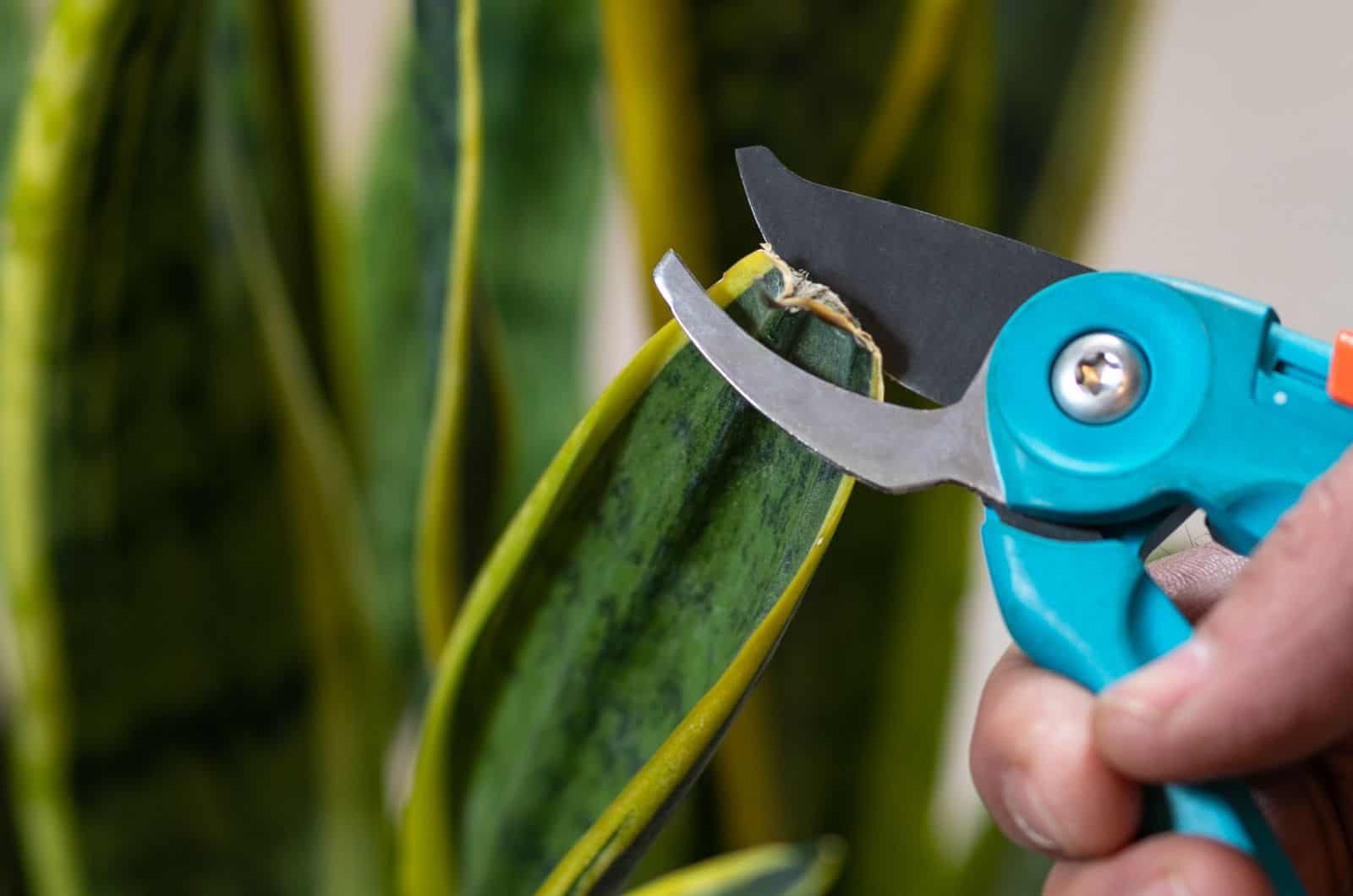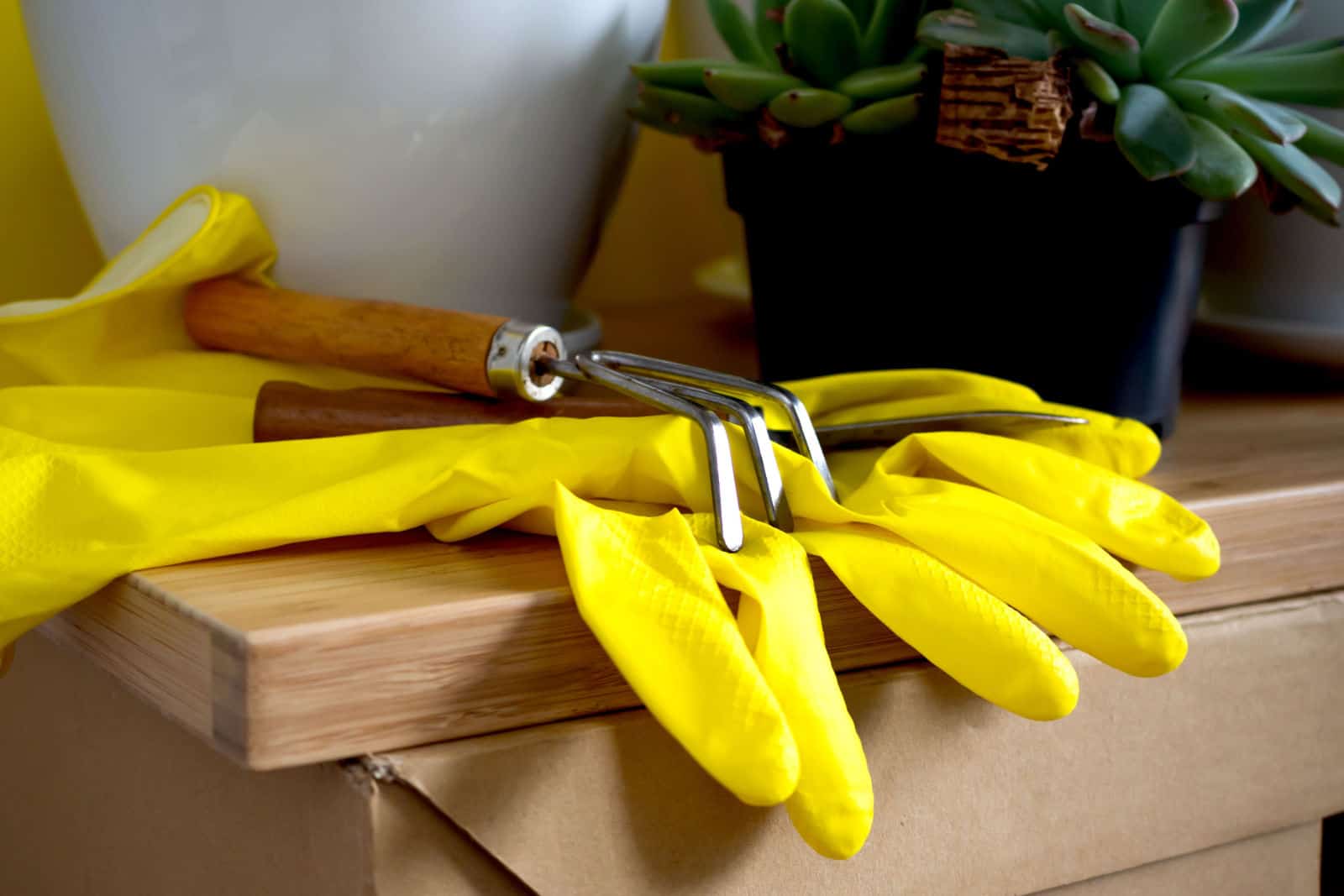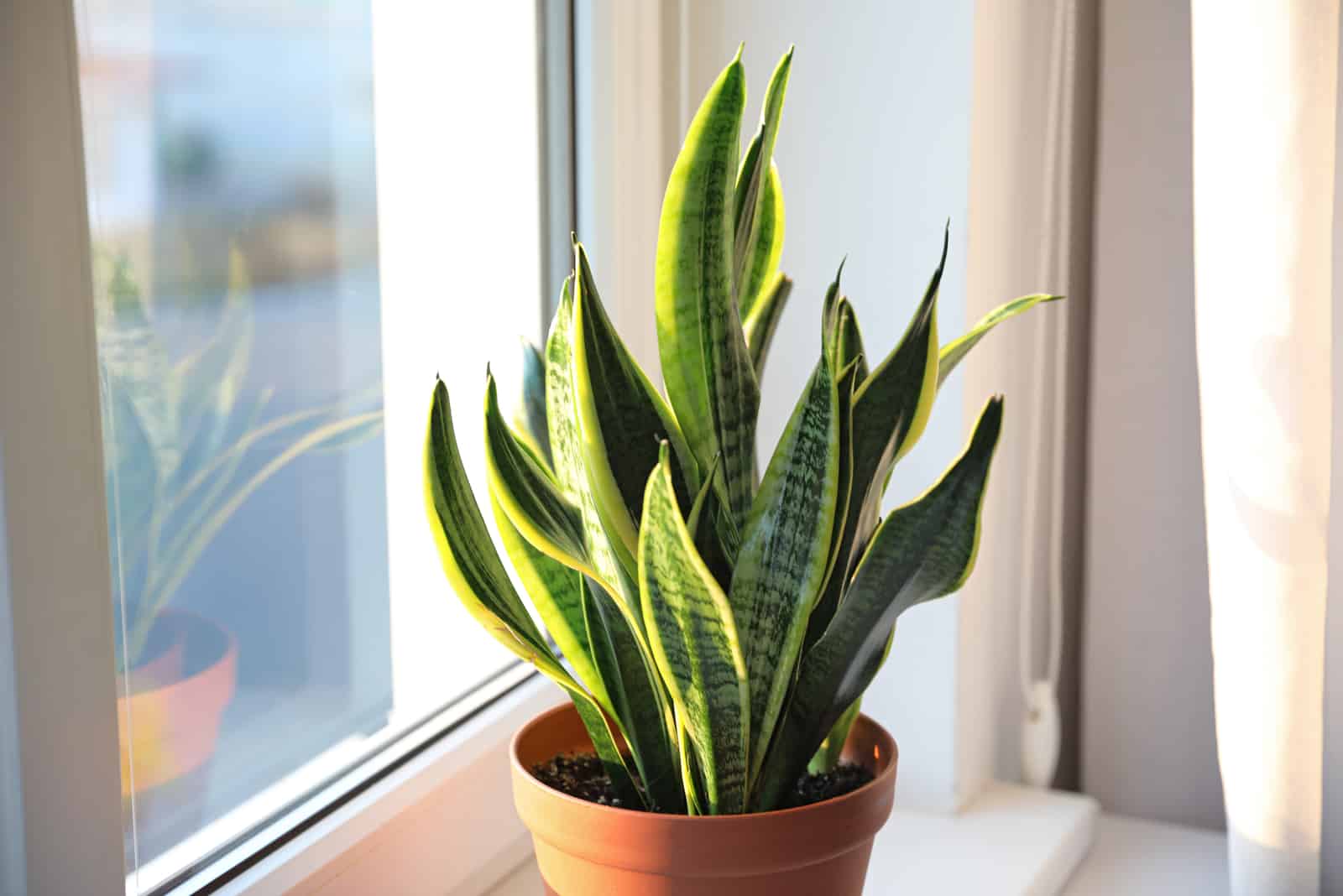Snake plants, also known as Dracaena trifasciata and Mother in law’s tongue, are one of the easiest plants that you can grow indoors. They are not too picky about the light conditions or soil type, and if you forget to water them, snake plants won’t get mad!
You won’t even have to worry about trimming and repotting since they are one of the slowest growing plants in the world.
However, you might still have to prune the plant to keep it nice and tidy, especially if there are any damaged or decaying roots or leaves.
In this article, we are going to discuss how to trim snake plant, when to trim it, and why it is essential to do so. Stay tuned!
How To Trim Snake Plant
Before we dive into the instructions on how to trim snake plants, I would like to mention the reason why you should trim your plant and the best time to do it.
You shouldn’t prune the plant anytime you want, nor should you do it just because you feel like it. Inadequate pruning techniques can lead to fatal consequences.
Why You Should Trim A Snake Plant
There are several reasons you should trim your plant. It can be due to pest infestation or because you simply want to maintain a certain height or shape. The most common reasons include:
• Maintaining size – although they are relatively slow growers, they can still produce very tall leaves. If only a certain size of plant fits into your home, then you have no other option but to prune the tallest leaves.
• Removing damaged parts – pest infestation and plant disease usually affect the plant’s leaves. Getting rid of discolored and rotting parts of the plant will prevent spreading the infection to the entire plant and other plants nearby. This way, you will also help your plant to focus on new growth and development, which will improve the overall health.
• Staying in shape – even though these plants are easy to maintain, the leaves can still split, curl, droop, and wilt. You can simply trim off these leaves to keep your plant looking nice and tidy. In addition, you can also prune the plant to keep it in shape; for instance, to fit in a specific place where it won’t be disturbed by pets and kids. Ultimately, this can only be for aesthetic reasons.
• Encourage new growth – most plants are pruned to encourage new growth. When you prune old leaves, your plant will redirect its energy and focus on producing new leaves instead. Since they multiply by rhizomes, they can get rootbound rather quickly. You can either repot the plant or prune the snake plant roots.
The Best Time To Trim A Snake Plant
Most plants require trimming at the beginning of the growing season. A similar thing applies to the Mother in law’s tongue plant. They grow best when trimmed at the beginning of the growing season, which is in the spring or early summer.
Since they are actively growing in this period, the plant will mainly focus on producing new leaves.
Foliage grows throughout the day, while roots grow at night. It is advisable to trim a snake plant in the late evening because of its growth patterns. This way, the cut has time to callus over before the sun shines on it the next day.
How To Trim Snake Plant: Step-by-step Guide
The procedure can vary based on the reason for pruning. If your plant is suffering from root rot, pest infestation, or some other inconvenience, you will have to get rid of the affected leaves.
If you want to maintain a certain size, you will need to prune some of the plant’s tallest leaves.
The aftercare is pretty much the same.
Here’s how you do it:
Pruning To Remove Damaged Leaves
If you have overwatered the plant, the leaves will start turning yellow. If root rot appears due to overwatering, the leaves can start rotting. Instead of pruning, I would recommend you repot your snake plant and trim off any mushy and brown roots.
Inadequate growing conditions might lead to curly, deformed, splitting, and skinny snake plants.
If you want your plant to look nice and tidy, and also to prevent spreading an infection, you should sterilize your pruning shears and start pruning.
1. Prepare Gardening Tools
Don’t worry, you won’t need any special gardening tools to prune a snake plant. All you need is a knife or a good set of pruning shears.
Whatever you are about to do, always ensure that you are using sterile equipment.
You can wash them in warm soapy water, or you can wipe the blades with rubbing alcohol. I always do both, especially after pruning rotting roots.
2. Identify Damaged Leaves
It shouldn’t be that difficult to identify damaged and yellowing leaves among robust green and healthy ones.
Discolored leaves with tiny spots indicate a pest infestation, while yellow leaves indicate rotting. Brown leaf tips can be a sign of overfertilization or too much direct sunlight exposure.
Your plant will most likely let you know that there is something wrong with it, and the problems are usually manifested through the leaves. Any leaves that look different than usual are a sign that something might be wrong.
If there are no damaged leaves and you just want to maintain a certain shape or size, you can skip this step.
3. Pruning Tips
Now it’s time to do some serious work. First of all, I would advise you to be extra careful – you don’t want to damage healthy parts of your plant or cut yourself.
To prevent cutting additional leaves, you should leave some space between the affected leaf and the main plant. Hold the snake plant leaf’s tip and gently pull it up and outwards.
You will have to cut it at the leaf’s base; just above the soil is ideal because the wound may heal naturally and form a callus before any rot can set in. The amount of effort needed to cut through a snake plant leaf may surprise you because of how thick the leaves are. Make an effort to cut as neatly and directly as you can.
You can either do one straight cut or a few jagged ones. Remove cut leaves by hand and throw them away to prevent spreading an infection.
4. After Care
Pruning can be very stressful to your plant. I would recommend you avoid watering for a couple of days after pruning. However, if you think that your plant is thirsty and needs some water, then utilize bottom watering.
Keep your pruned plant in bright indirect sunlight and away from direct sunlight exposure because it can also be harmful to your freshly cut plant.
If your plant looks sad and gloomy, don’t worry; just let it rest for a couple of days. If you notice that the plant is still rotting, then I would advise you to repot it because it might be suffering from root rot.
Pruning To Maintain The Plant’s Size
Regular trimming is the only way to keep your snake plant from becoming larger without needing to repot or divide. Fortunately, you won’t need to do it frequently.
The steps are pretty much the same. First, you will need to prepare the equipment. Use sterile tools for pruning to maintain the plant’s size as well.
Instead of looking for damaged leaves, you will need to find the tallest ones. The procedure is the same afterwards. Hold the leaf tips and carefully cut at the base of the leaves. Since these older, tall leaves are thicker and wider, it will require some more effort.
I know it is hard to trim off perfectly healthy leaves, but your plant will only end up producing new leaves as a result!
If you don’t want to throw away those perfectly healthy leaves, you can always try and propagate the plant. All you have to do is put the leaf cutting in soil that is suitable for snake plants, water thoroughly, and put it somewhere nice and warm.
For more information regarding snake plant propagation, please check out this handy article: Snake Plant Propagation: What Are The Best Methods?
To Sum Up
Now that you know how to trim snake plant, I want to wish you good luck with trimming!
Be careful not to damage healthy parts of your plant, and also not to accidentally cut yourself. Always use a sterile pair of gardening shears to avoid spreading pesky pests and diseases.
Snake plants are relatively hardy, and I’m sure that you will be able to successfully prune yours. Just make sure that your plant receives enough bright indirect light afterwards.
If your plant appears flaky, don’t worry. It will take a couple of days to adapt to its fresh cut. Use healthy leaf cuttings to propagate the plant, and then give your new plant to someone or build a snake plant empire!
That’s all, folks. I hope this article was helpful!






